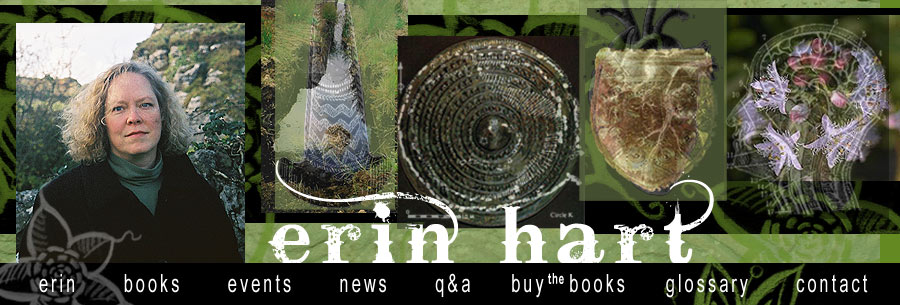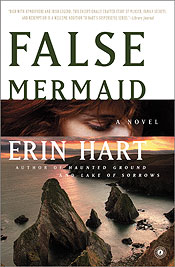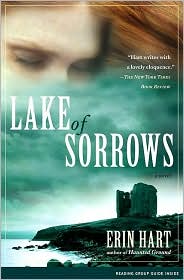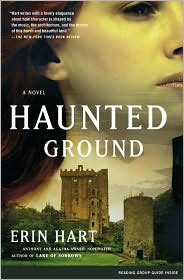
We started the day with a look at a lovely crannóg (fortified man-made island) and a few swans in the middle of the lake, and tried to visit the Knockranny court tomb in the woodland across the lake from the castle. Unfortunately the wet summer had done a number on the path up to the tomb, so it was closed for construction. Undaunted by signage, we tried heading into the woods, but ankle-deep mud sent us back to the carpark after about 100 yards. Even wellingtons were no match for it.
You can see a photo and a short video of the court tomb (with fantastic birdsong and bluebells in the woods) from my April 2011 trip here.
Our second stop was Ceide Fields, a Neolithic field system on the north coast of County Mayo that lay buried under bog for thousands of years, only discovered in the 1930s. The site is the most extensive Stone Age monument in the world, including fields, dwellings, and megalithic tombs. The stone-walled fields, extend over thousands of acres, and are almost 6,000 years old, making Ceide Fields the oldest known agricultural site in the world.
Turning south towards Castlebar in Mayo, we spent some time at the Museum of Country Life (part of the National Museum of Ireland), which has great exhibits of folkways and folklife, including seasonal celebrations, traditional crafts and foodways and trades like thatching and barrel-making, along with clothing and decorative arts of the countryside. There are cradles and hen houses and mattresses all made from hay rope; lobster pots made from heather. The ingenuity of it all, just using natural materials at hand, really quite astounding. There are also examples of the various types of houses, including wattle and daub, dry stone construction, various thatched roofs. I love this place!







No comments:
Post a Comment